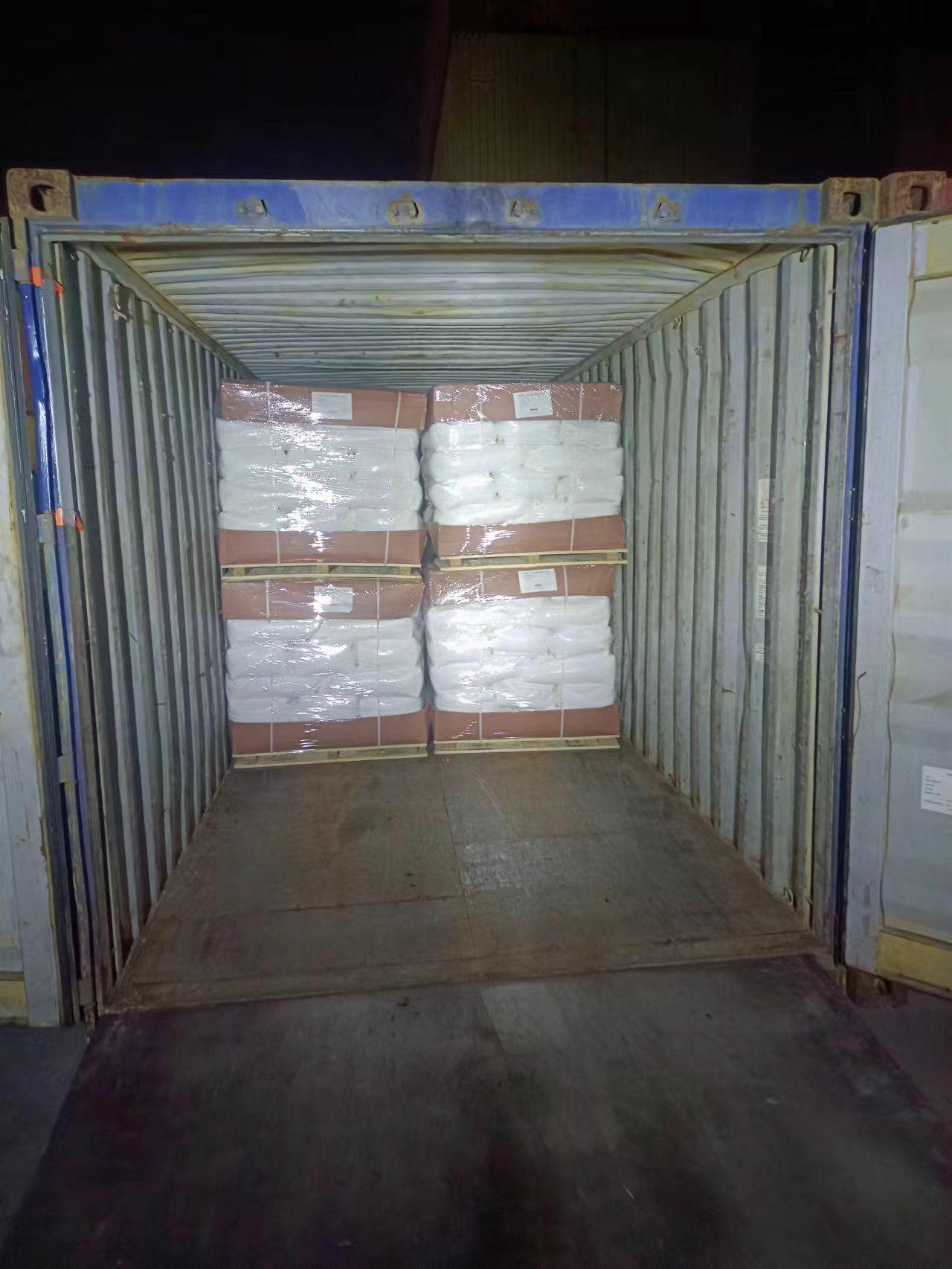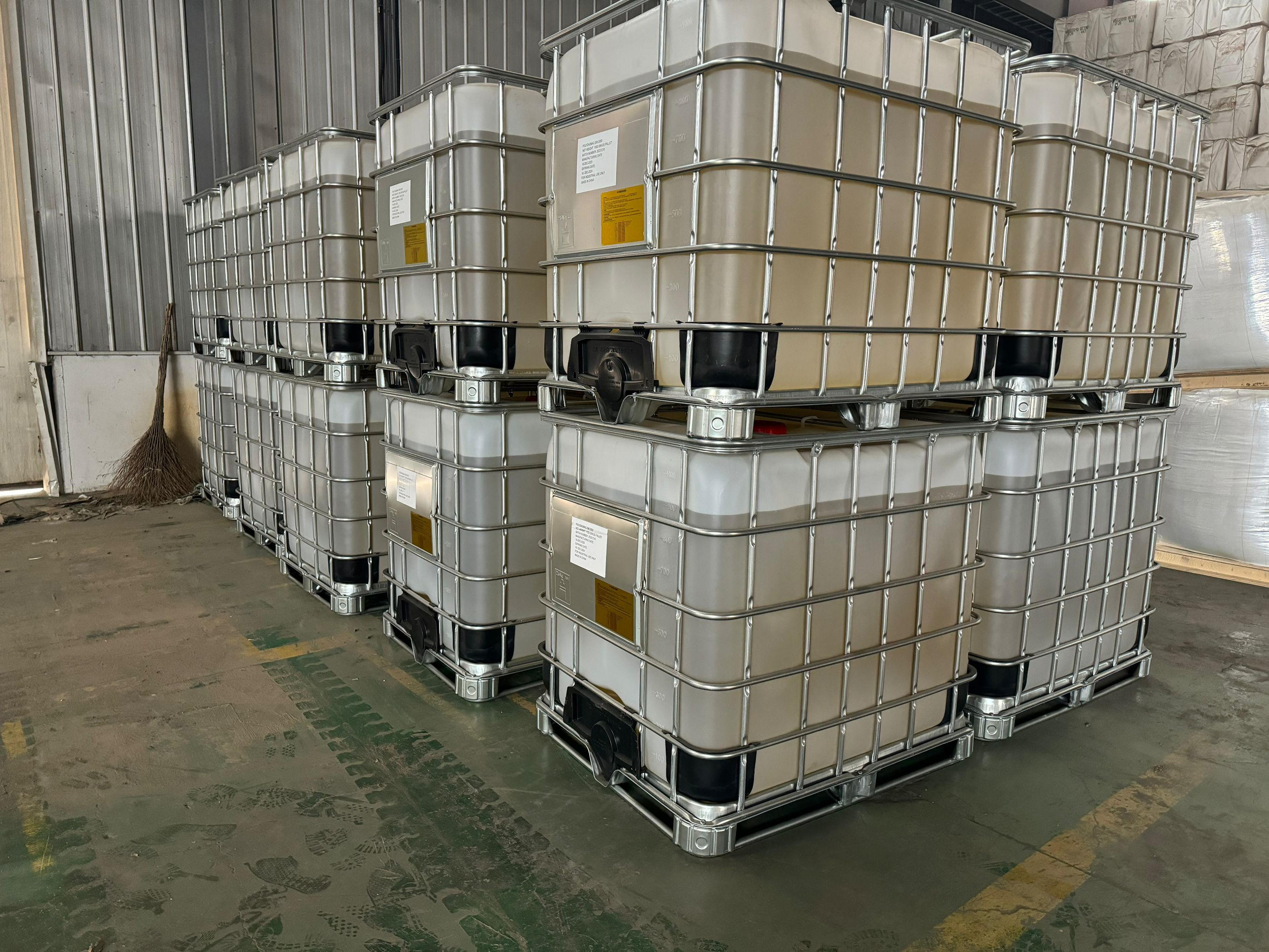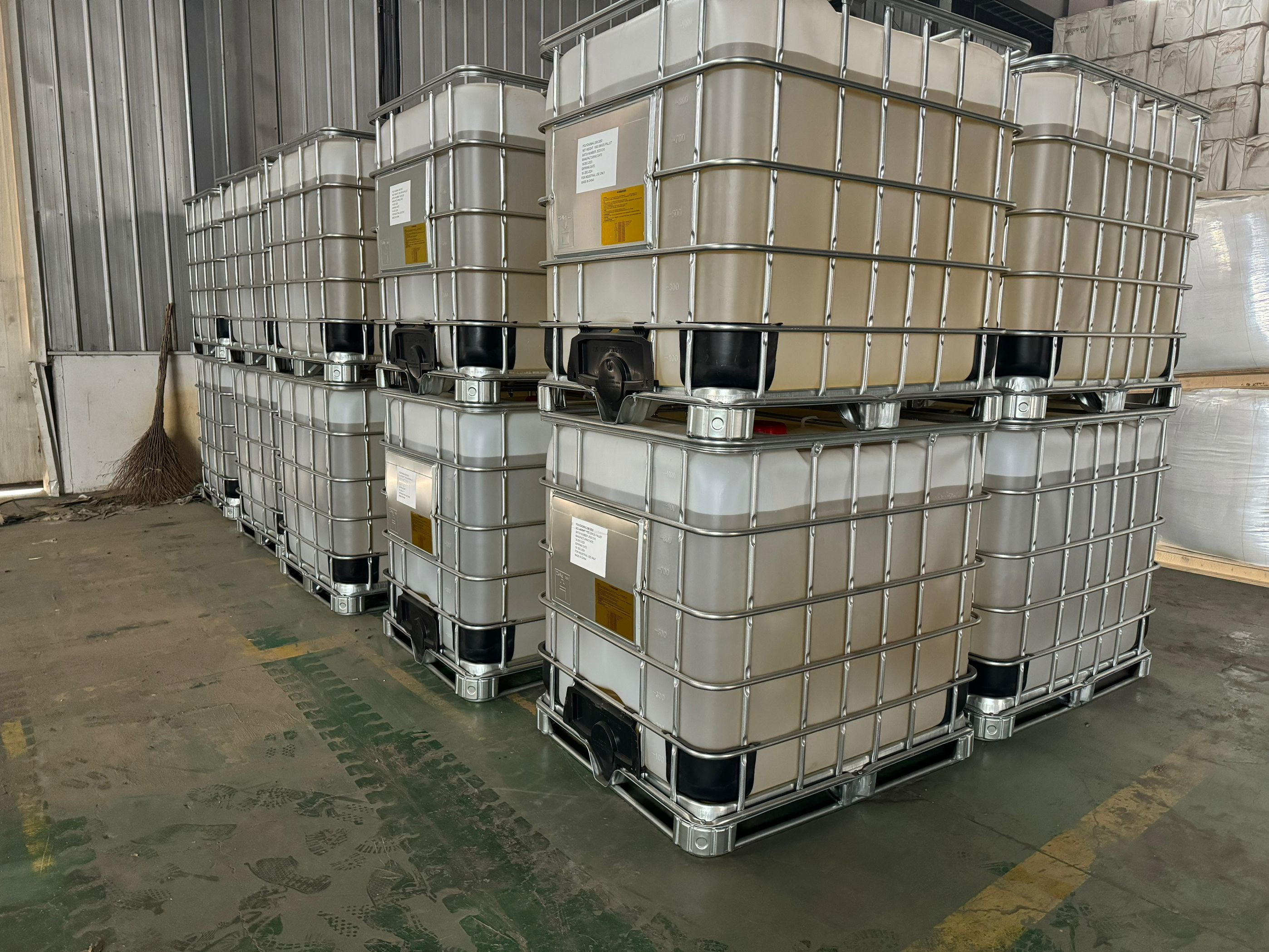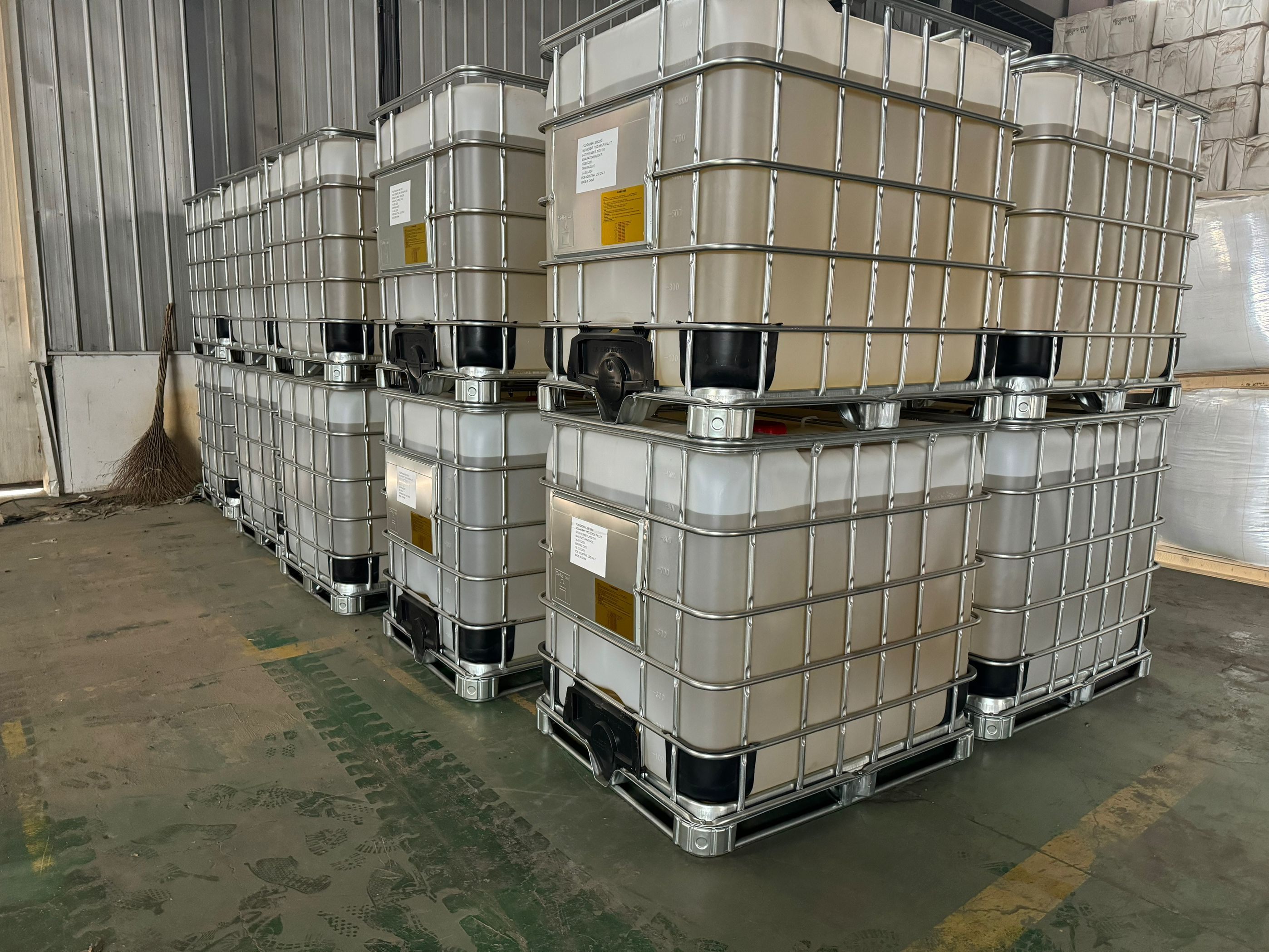Red mud is the caustic, iron-rich residue left after extracting alumina (Al₂O₃) from bauxite through the Bayer process. It is a critical waste byproduct of the aluminum industry.
hydroxamic acid (DW 533)polyacrylamide used for Aluminum red mud setting
Material
- hydroxamIC ACID polyacrylamide
Color
- milky liquid
Application
- water treatment ,mineral processing
Certificate
- ISO9001 ,ISO14001
Place of Origin
- China
Other Names
- hydroxamated polyacrylamide
Brand Name
- asiafloc
Usage
- water treatment ,mineral processing ,textile ,oil and gas
1. Introduction to Red Mud and the Bayer Process
Red mud is the caustic, iron-rich residue left after extracting alumina (Al₂O₃) from bauxite through the Bayer process. It is a critical waste byproduct of the aluminum industry. Globally, millions of tons of red mud are generated annually. Effective separation of red mud from sodium aluminate liquor is vital to ensure economic alumina recovery, reduce environmental impact, and improve the recycling of caustic soda.
To address the slow settling and fine particle dispersion in red mud slurries, advanced flocculants are applied. One such material is hydroxamic acid-modified polyacrylamide, such as the DW 533 formulation—a high-efficiency anionic emulsion flocculant used for red mud setting in alumina refineries.
2. Understanding Hydroxamic Acid Modified Polyacrylamide (DW 533)
DW 533 is a specially designed anionic polyacrylamide emulsion that is chemically modified with hydroxamic acid functional groups. This hydroxamation enhances the flocculant’s affinity for metal oxide surfaces, especially those found in red mud, such as Fe₂O₃, Al₂O₃, and TiO₂.
Key features of DW 533 include:
Hydroxamic acid groups: Known for strong chelating capacity with metal ions.
Anionic charge: Facilitates bridging between suspended particles.
Emulsion form: Ensures fast dissolution and easy handling.
High molecular weight: Promotes large floc formation and improved settling.
These characteristics make DW 533 ideal for treating Bayer process red mud suspensions under extreme pH (12–14) conditions.
3. Mechanism of Action in Red Mud Flocculation
Hydroxamic acid groups exhibit a high affinity for metal oxides, forming coordination complexes with aluminum, iron, and titanium oxides. The mechanism of red mud flocculation using DW 533 involves:
Adsorption: Hydroxamic acid groups in DW 533 bind to hydroxylated surfaces of red mud particles.
Bridging: The long polymer chains connect multiple particles to form larger agglomerates.
Charge neutralization: The anionic nature of the polymer counteracts particle surface charges, aiding in aggregation.
Gravity settling: The formed flocs are heavier and settle quickly under gravitational force.
This leads to a more compact mud layer, improved overflow clarity, and efficient separation.
4. Operational Application in Alumina Refineries
DW 533 is typically applied in the primary settler feedwell of the Bayer circuit. Its role in the process includes:
Rapid sedimentation of red mud particles
Reduction of suspended solids in overflow liquor
Improved caustic recovery from clarified liquor
Enhanced underflow density, facilitating mud handling
Application Parameters:
Dosage: Typically 20–60 ppm based on slurry solids content
Feeding: Inline or tank-prepared diluted emulsion (0.1–0.3%)
Mixing: Gentle agitation ensures uniform distribution
The selection of optimal dosage and dilution is site-specific and based on mud composition, temperature, and pH.
5. Advantages of DW 533 for Red Mud Separation
The use of DW 533 provides several benefits over conventional polyacrylamides or inorganic flocculants:
5.1 Superior Floc Strength and Size
Hydroxamic acid groups ensure tight binding to oxide particles, forming robust flocs that are less likely to break under turbulent flow, allowing for better control over sedimentation dynamics.
5.2 High-Performance Under High pH
DW 533 remains highly effective even at pH >13, a condition where many conventional flocculants degrade or lose activity.
5.3 Enhanced Overflow Clarity
The reduction in fine particle carryover leads to lower turbidity and higher quality of recovered sodium aluminate liquor, improving downstream heat exchange and precipitation processes.
5.4 Lower Polymer Consumption
Due to its strong activity and metal-selective action, lower dosages of DW 533 may achieve better performance compared to unmodified polyacrylamides.
6. Environmental and Economic Impacts
Using DW 533 in red mud setting has multiple environmental and economic advantages:
Reduced red mud storage volume due to higher underflow density
Improved water recovery, reducing freshwater demand
Lower caustic loss, conserving sodium hydroxide
Decreased waste generation, supporting sustainability goals
By improving the separation efficiency, DW 533 also helps lower energy use and enhances the overall economic viability of the alumina production process.
7. Comparison With Other Flocculants
| Flocculant Type | Performance in Red Mud | Suitability at High pH | Floc Strength | Selectivity |
|---|---|---|---|---|
| Inorganic coagulants (e.g., lime, alum) | Moderate | Poor | Weak | Low |
| Conventional anionic polyacrylamide | Fair | Moderate | Medium | Low |
| DW 533 (Hydroxamated PAM) | Excellent | Very High | Strong | High |
DW 533 clearly outperforms alternatives in high-pH, metal-rich environments.
8. Real-World Example: Chinese Alumina Refinery
A major alumina refinery in China processing boehmitic bauxite integrated DW 533 into its red mud settling process. Results included:
Overflow turbidity reduced from 110 NTU to 30 NTU
Caustic soda recovery increased by 8%
Flocculant dosage reduced by 20% compared to standard PAM
Daily red mud handling capacity increased, enabling higher plant throughput
These outcomes highlighted the value of hydroxamic acid modification for improving efficiency.
9. Safety and Handling
DW 533 is generally considered non-toxic and safe when used as directed, but standard polymer handling precautions apply:
Avoid direct skin contact
Use protective gloves and eyewear
Store at moderate temperature (5–35°C)
Prevent freezing or prolonged exposure to heat
Diluted solutions should be used within 24 hours to prevent degradation.
10. Future Trends and Innovation
Research is ongoing to enhance the structure and functionality of hydroxamated flocculants like DW 533. Future directions include:
Co-polymerization with acrylamide derivatives
Nano-enhanced flocculants
Biodegradable hydroxamated polymers
Hybrid systems combining organic/inorganic flocculants
These innovations aim to further increase performance, reduce cost, and improve environmental compatibility.
Conclusion
DW 533, a hydroxamic acid-modified polyacrylamide emulsion, represents a next-generation flocculant for efficient red mud separation in aluminum refining. Its strong metal oxide binding capacity, high floc strength, and exceptional performance under alkaline conditions make it ideal for Bayer process applications. By improving liquor clarity, caustic recovery, and red mud settling rates, DW 533 supports more sustainable and cost-effective alumina production. Its use not only addresses the technical challenges of red mud management but also aligns with environmental and operational objectives in modern aluminum plants.
In summary, DW 533 is a technologically advanced, field-proven solution for red mud settling—delivering performance, efficiency, and sustainability for the aluminum industry.






